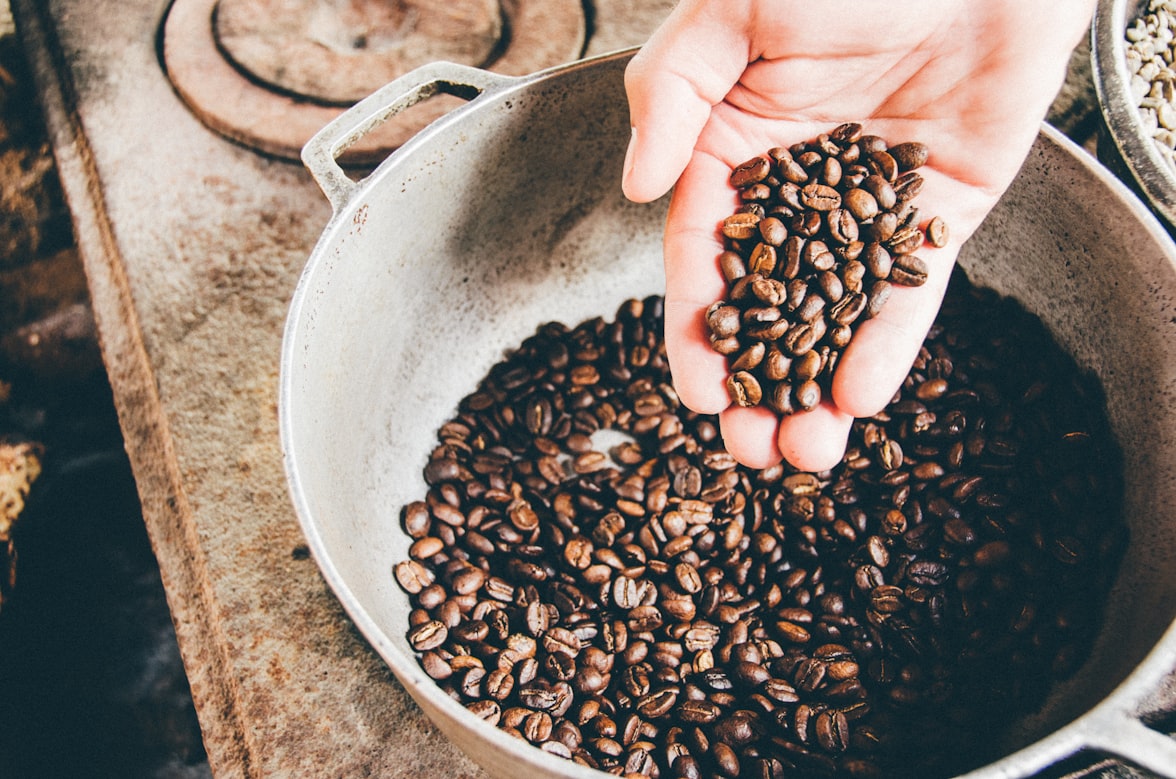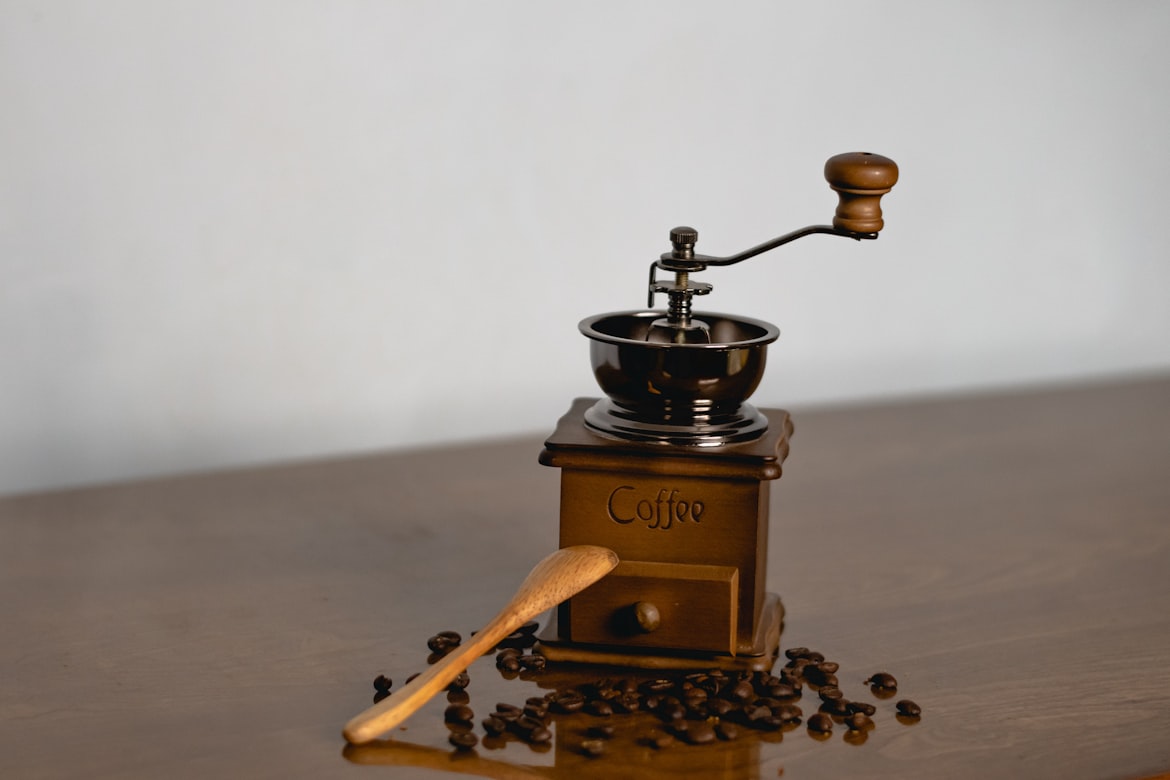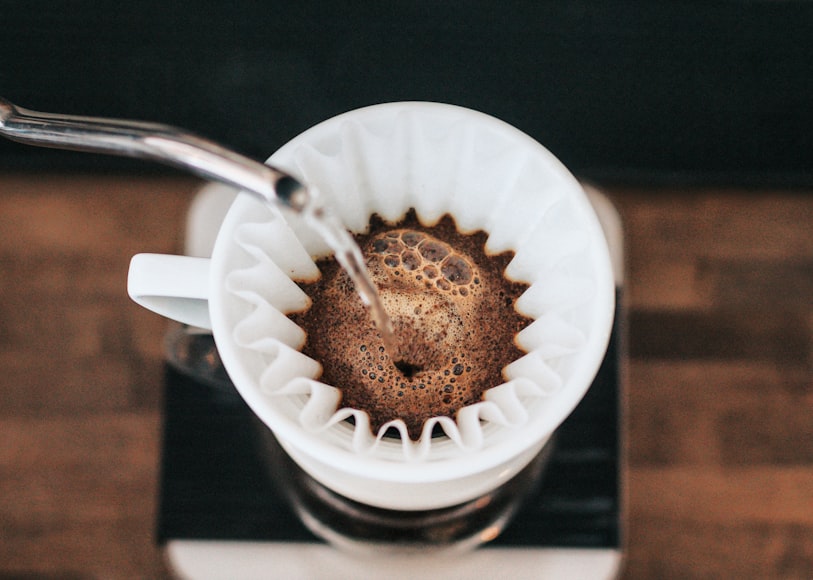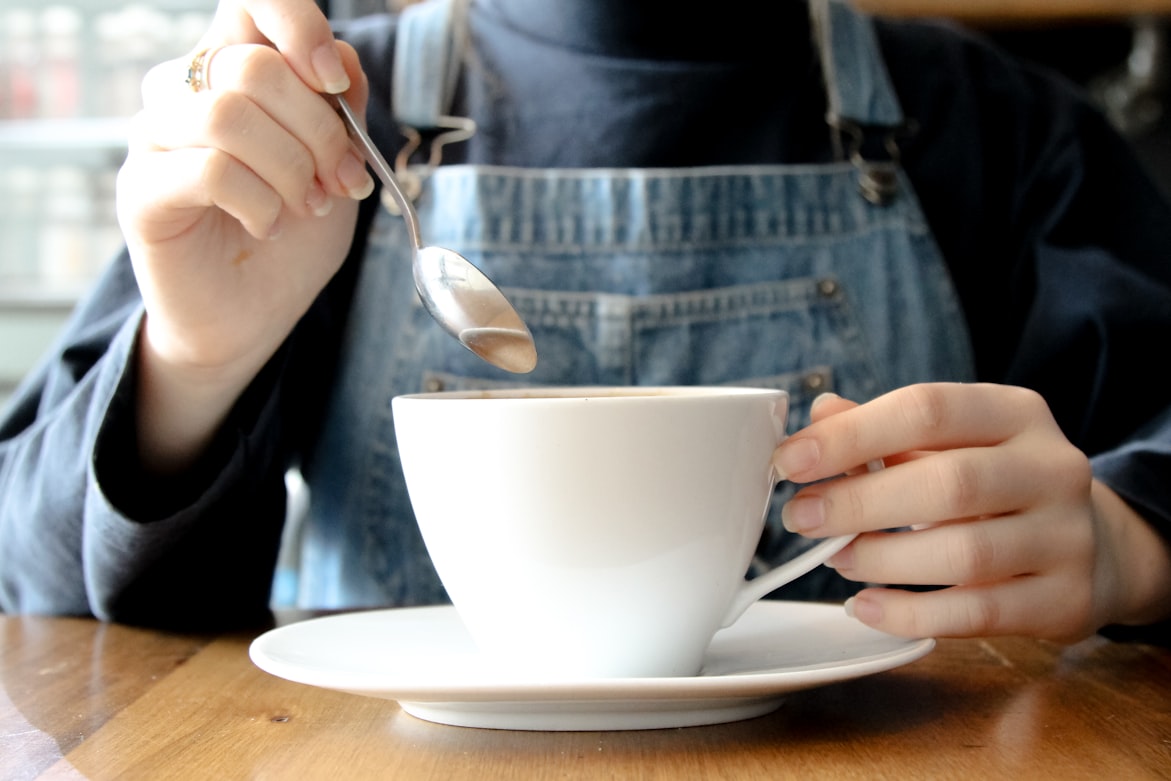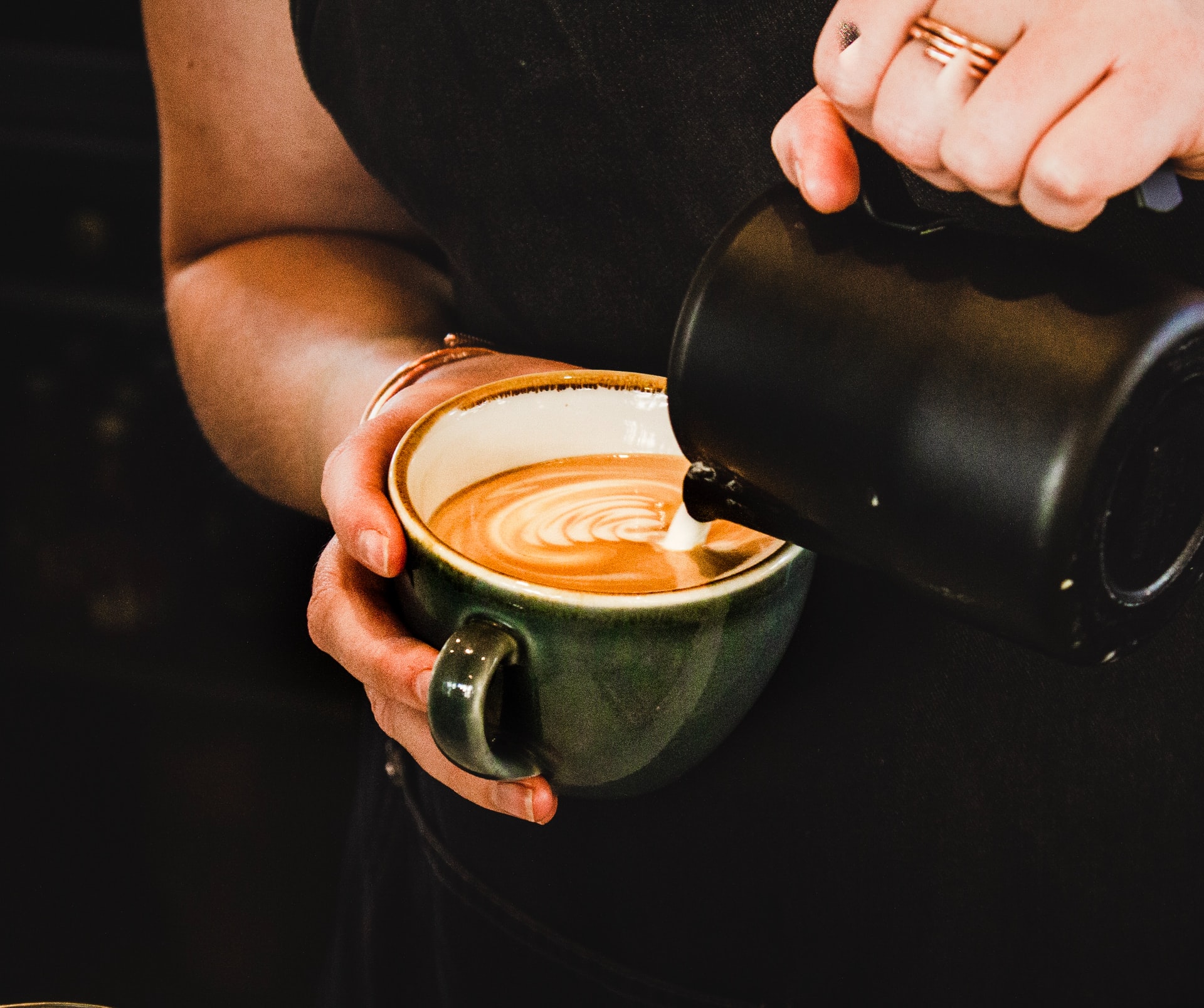
Things You Can Do To Improve Your Coffee-Making Skills
Things You Can Do To Improve Your Coffee-Making Skills
- Adam Smith
- 14-07-2022
- 29-07-2025
- 1720 views
- Coffee Tips, Featured Articles, Information

Coffee tips: If you’re like me, coffee is a staple in your daily diet. You probably drink it every morning and evening. And for you, there’s no better feeling than waking up to the smell of brewing coffee—and then drinking it!
However, just because I can’t imagine life without my morning cup doesn’t mean I’m not constantly trying to improve my skills as a coffee maker. Here are some simple things you can do to make your next brew even more delicious:
1. Try Different Water Temperatures
Water temperature plays a big role in the taste of your coffee. If you use too hot water, it will extract more flavor from the coffee grounds than needed and create a bitter-tasting cup.
If you’re using an electric kettle or stovetop kettle, one good rule of thumb for finding the right temperature is this:
- Boil water for about two minutes (until it starts to rise and form bubbles),
- Remove from heat and let it cool down slightly before adding your grounds.
This should be around 195 degrees F, which is ideal for brewing most coffees.
If you don’t have access to an electric kettle or stovetop and are relying on tap water instead, bring a pot up to boil on high heat before turning off the burner. This should bring its temperature up quite nicely!
2. Keep Your Grinder Clean
One of the best coffee tips is keeping your grinder clean. It is important because residue from coffee grounds can build up and lead to a clogged grinder. If you have one of those cheap blade grinders, cleaning the grounds is even more important because they’ll get stuck in the blades.
To clean your grinder:
- Use a brush or paper towel to remove any loose particles from inside the chamber once you’ve emptied it.
- If you have a burr grinder, use something soft like an old toothbrush or sponge with warm water and vinegar or mild soap (Don’t use water with oils!). This will prevent rusting inside the machine as well! Be sure not to let any liquid enter between the burrs themselves—that’ll damage them permanently!
3. Store Your Beans Correctly

You can store your beans at room temperature in an airtight container and a cool, dry place. For longer storage, you can refrigerate or freeze them (the freezer is preferable for long-term storage).
If you plan to use coffee regularly but don’t want to buy it in bulk and store it for a few weeks in your refrigerator, consider investing in a vacuum sealer and vacuum sealer bags to keep the beans fresh longer.
If you’re planning on keeping your coffee around the house for more than five days or so, we recommend storing it in an airtight container—like this one from Amazon—in the freezer. This will ensure it stays fresh even after being opened again later on down the line.
4. Measure Correctly
Use a scale, spoon, or measuring cup to measure the amount of coffee grounds you use. You can also use a paper filter in your drip coffee maker and French press—just make sure to fill it about halfway.
There’s not much point in measuring water if you’re making pour-over coffee because there’s no paper filter, but most people use an electric kettle or hot plate to heat their water before brewing. If so, measure out a half cup of water for every six ounces of beans (or one liter).
Grind your beans extra fine for espresso machines and slightly coarser for everything else (the choices are roughly medium coarseness).
5. Use Good Quality Water
Water is the most important ingredient in coffee. Not only does it have a huge effect on taste, but also coffee-making techniques like using a French press or espresso machine rely on water being at the right temperature for optimal results.
The best way to get clean, tasty water for your brew is to use filtered water. But don’t go overboard here. You don’t need to buy a fancy filtration system or anything like that—just make sure your tap water is treated with a filter that won’t impart an unpleasant flavor onto your coffee (and buy one if you don’t already have one).
A general rule of thumb when choosing filters is “the softer the water, the harder the filter,” meaning softness should be considered along with hardness levels when deciding which type of filter will work best for your situation.
6. Grind Right before Brewing
This is the most important step of all, and it’s something that many people miss or forget. You should grind your beans in the morning and use them all day long, so if you’re brewing French press in the morning, use a coarse setting on your grinder. If you’re using an espresso machine for a double shot after lunch, adjust to get it as fine as possible (and remember: finer does not necessarily mean better).
This way, all of those precious oils won’t be lost through exposure to oxygen over time—they’ll stay fresh until they’re ready to be released into warm water.
7. Don’t Overfill the Filter
You should never fill the filter more than 2/3 of the way. Overfilling it can cause water to pass through the grounds too quickly, resulting in weak coffee. If you put too much coffee in and not enough water, your brew will be bitter instead of sweet and smooth.
You can try using less coffee grounds if you don’t like how strong your cup is tasting or if you’re worried about wasting beans when using them up fast – just try to make sure that you’re still using enough for proper saturation, so all those lovely flavors are extracted from every grain!
8. Stir It Up
When you pour your hot water over the coffee grounds, it’s important to stir them up. This is not only for aesthetics—but you also need to do it so that all of the grounds are evenly saturated with water and don’t clump together in one place.
Otherwise, you may end up with some under-extracted (and therefore underwhelming) brews; or over-extracted (and therefore bitter) brews. If those happen too often, try stirring more frequently until you find a balance that works for you.
Conclusion
You can make a better cup of coffee than what you are currently making by following these coffee tips. It isn’t hard and doesn’t take long. Just ensure you’re using good quality beans, water, and equipment. Once you start using these coffee tips, don’t forget to tell me the difference!







